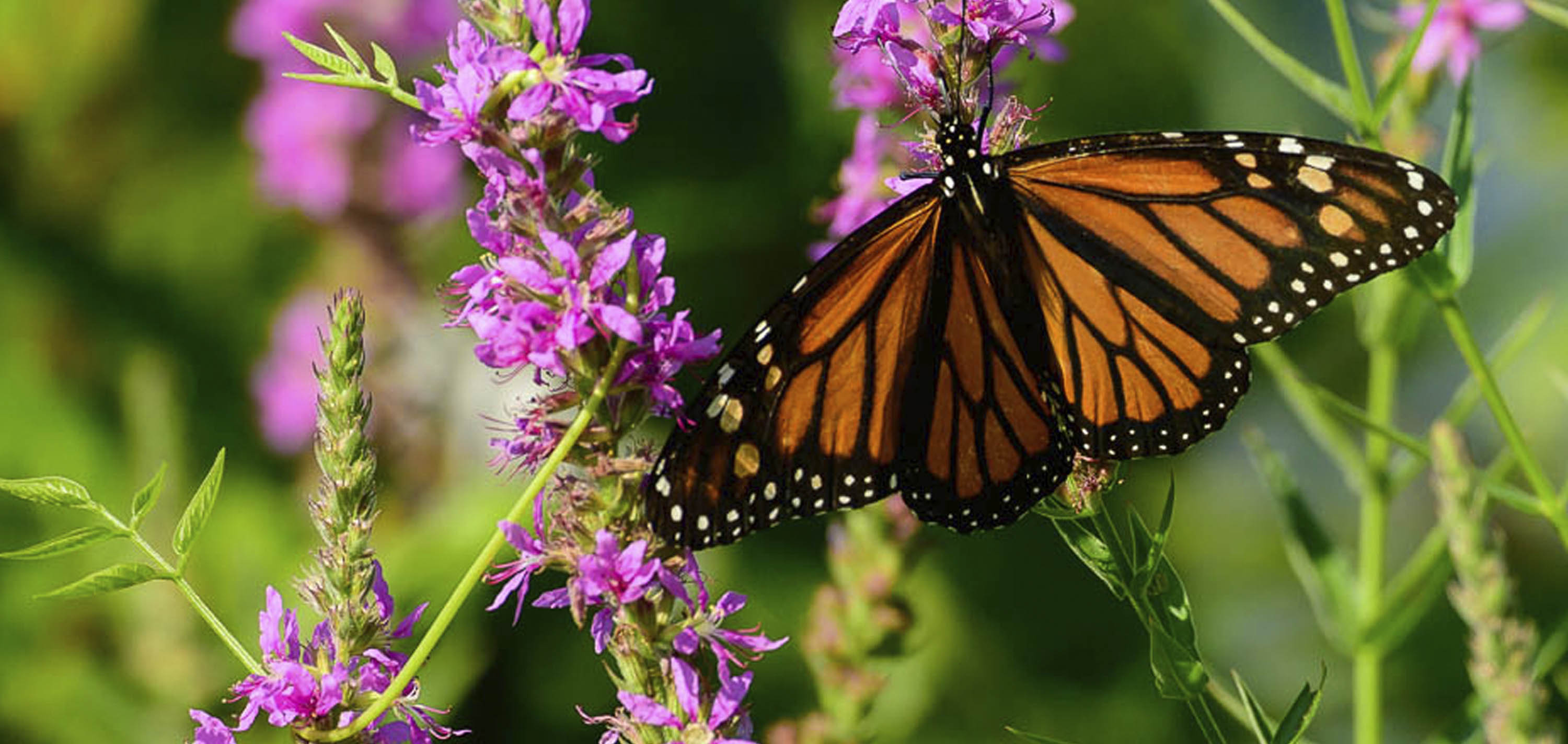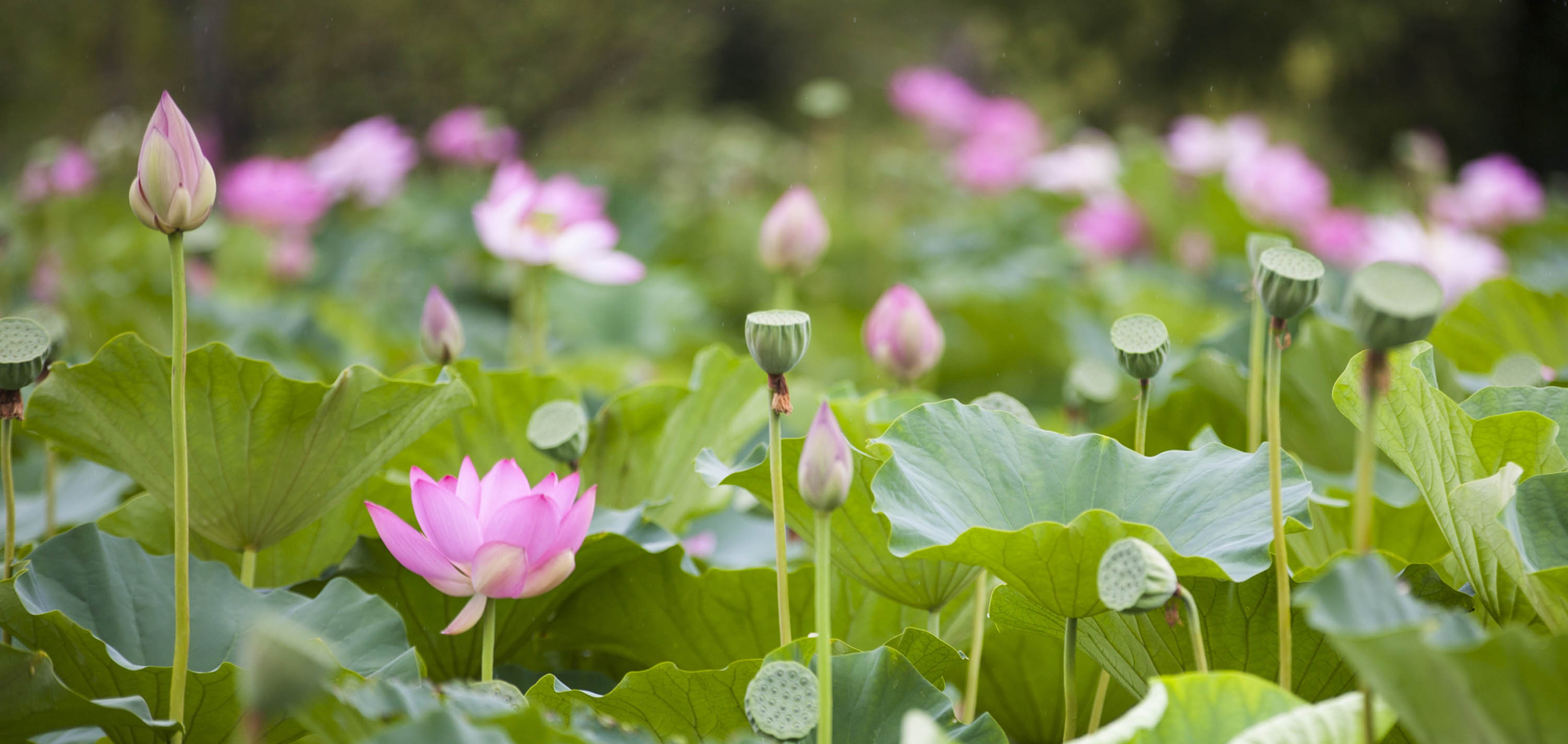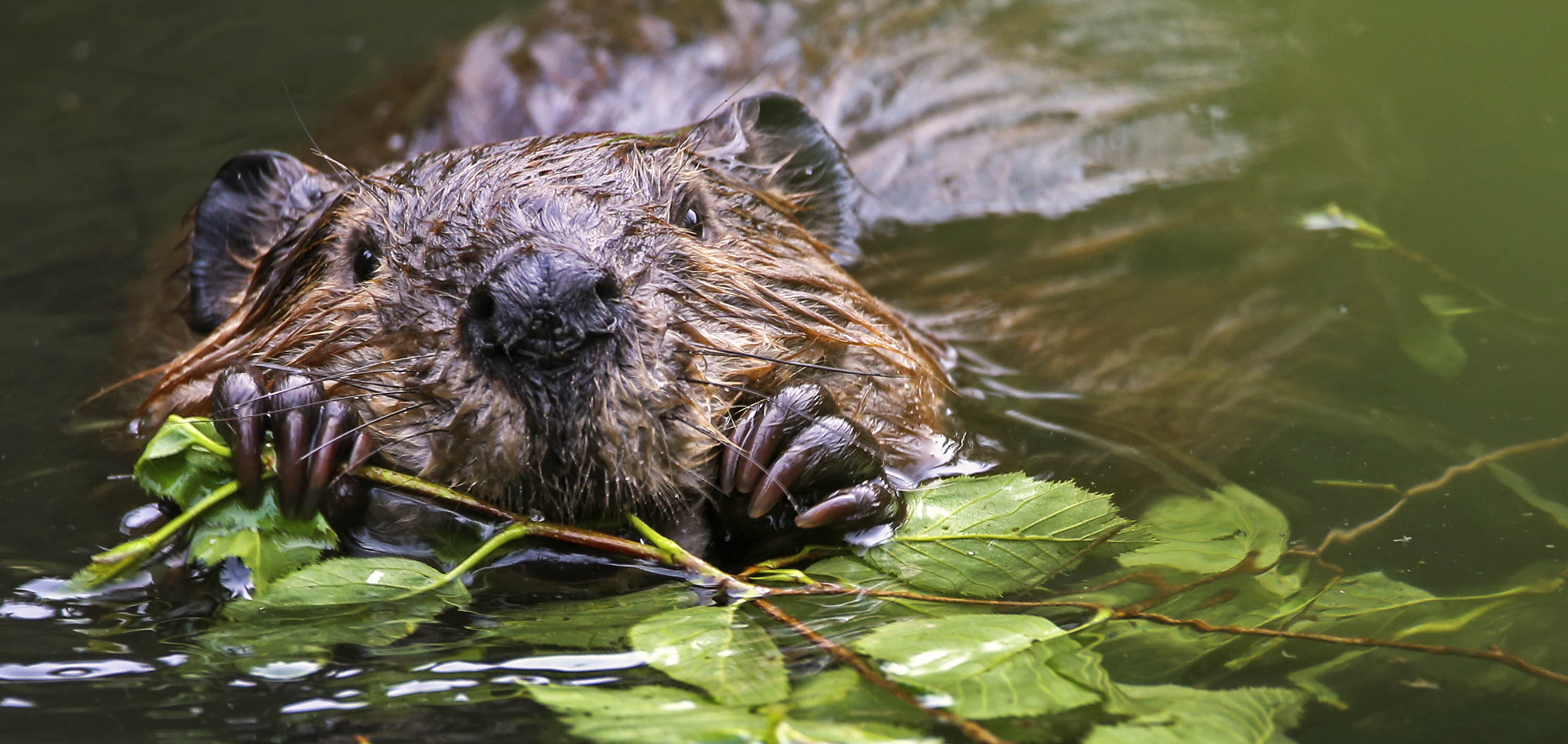
Biological collections include plants, fungi, insects and arachnids, reptiles and amphibians, fish, birds, mammals, and other invertebrates. These may include ‘type’ specimens which are used to formally represent new species. When researchers make observations about the park environment, they often collect voucher specimens to verify their observations. If these specimens are not consumed in analysis, they become part of the park’s collection.

Herbaria are repositories for vascular plants, bryophytes, lichens, and fungi. Plant specimens include a wide variety of native and non-native species. Specimens are used as references for comparisons and identifications, documenting species distribution and variation within species, and identifying fruiting and flowering times.
Learn more
NPS collections include vertebrate and invertebrate specimens, such as mammals, birds, mollusks, crustaceans, insects and arachnids, and reptiles and amphibians. Collections may contain preserved specimens (either dried or stored in aqueous preservative solutions), images of specimens, study taxidermy skins, skeletal components, or associated items such as eggs or nests.
Learn more